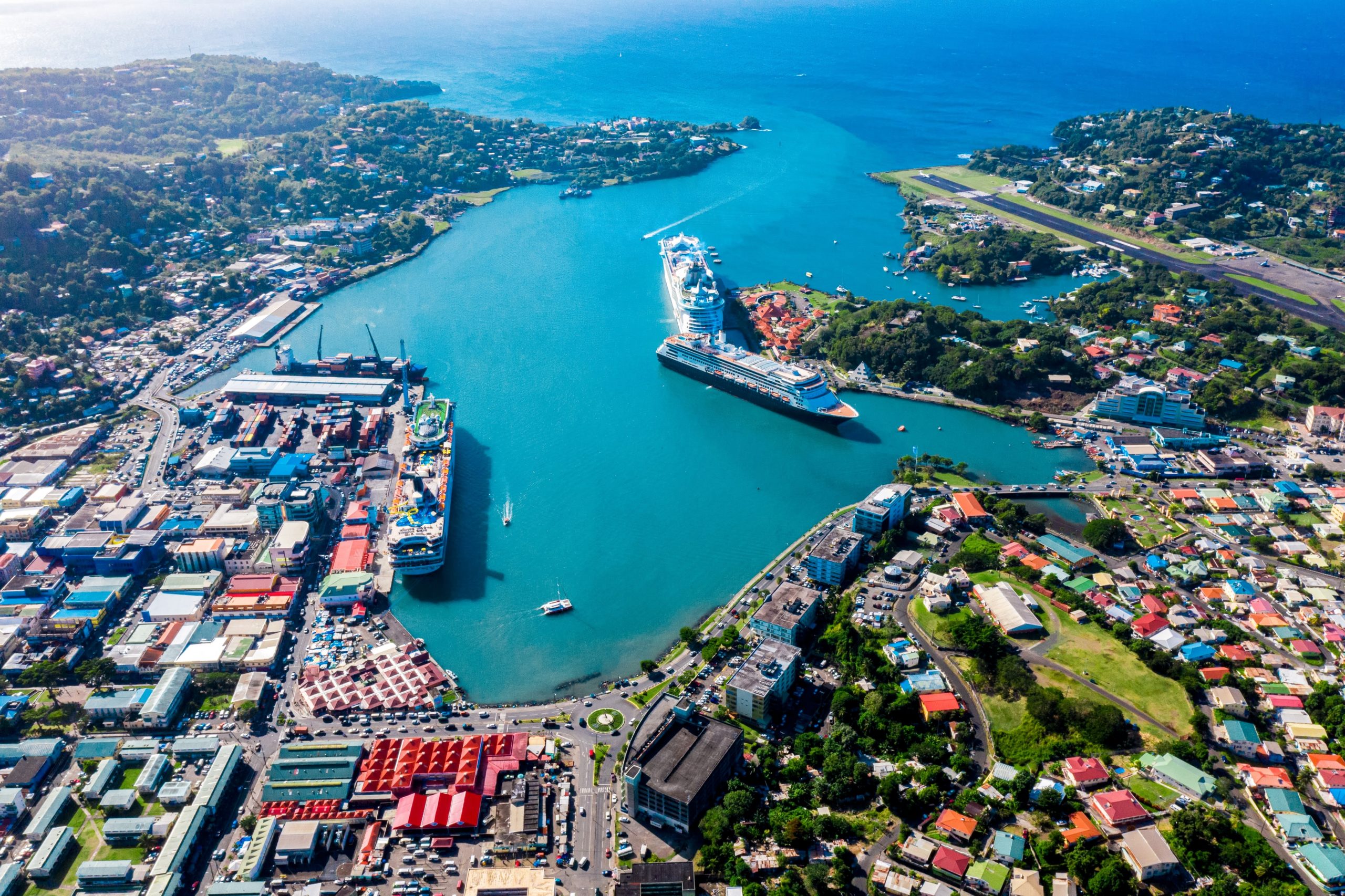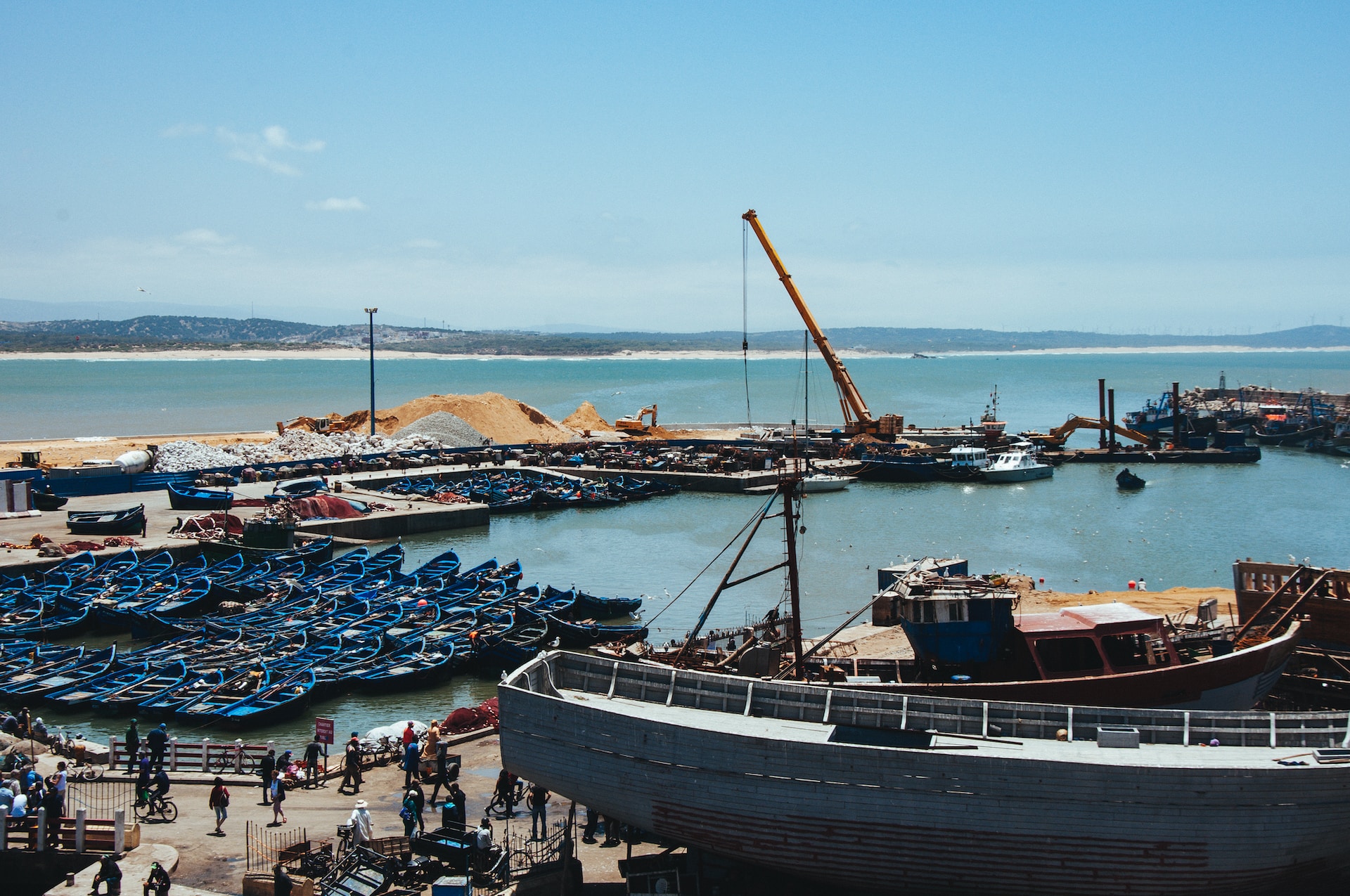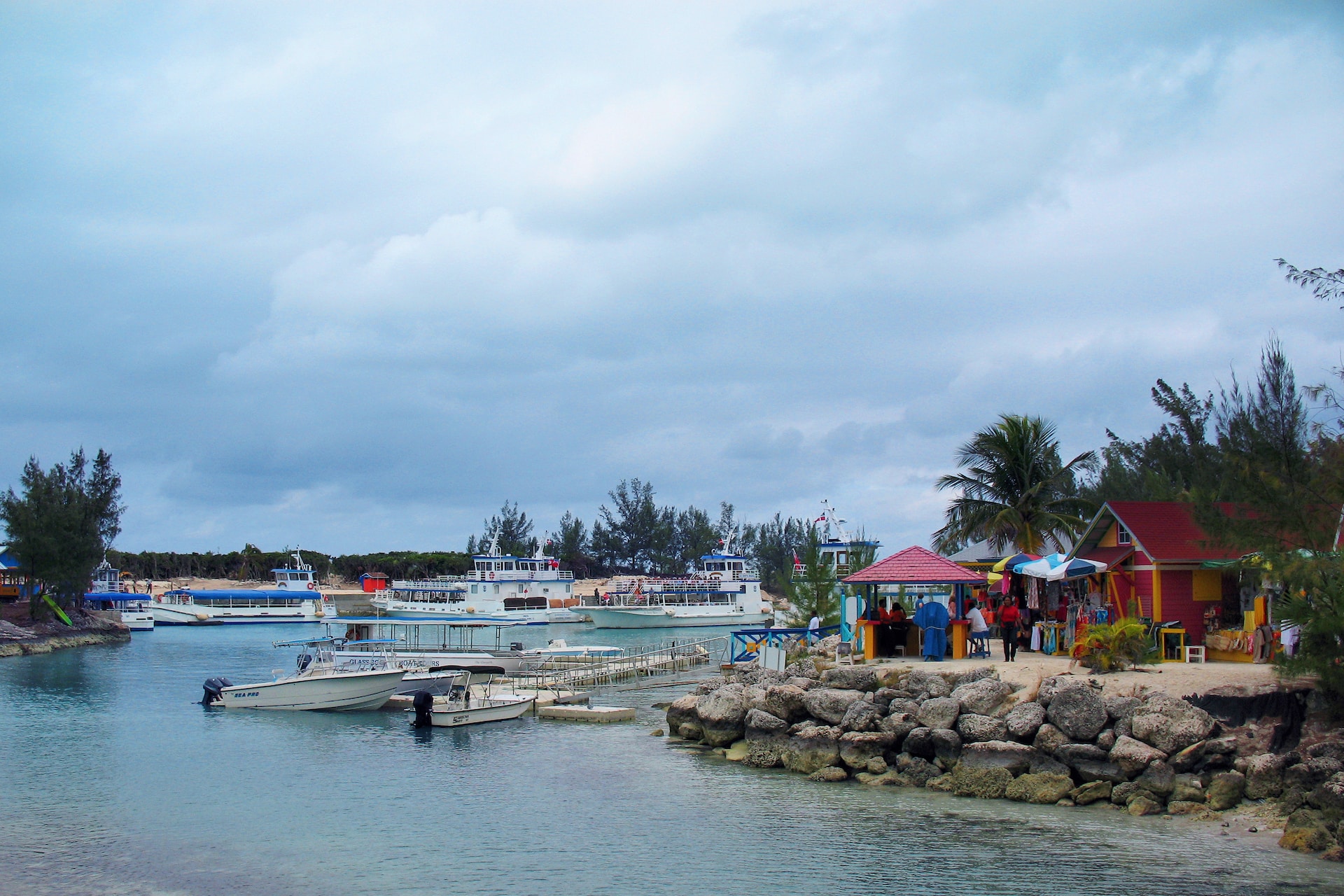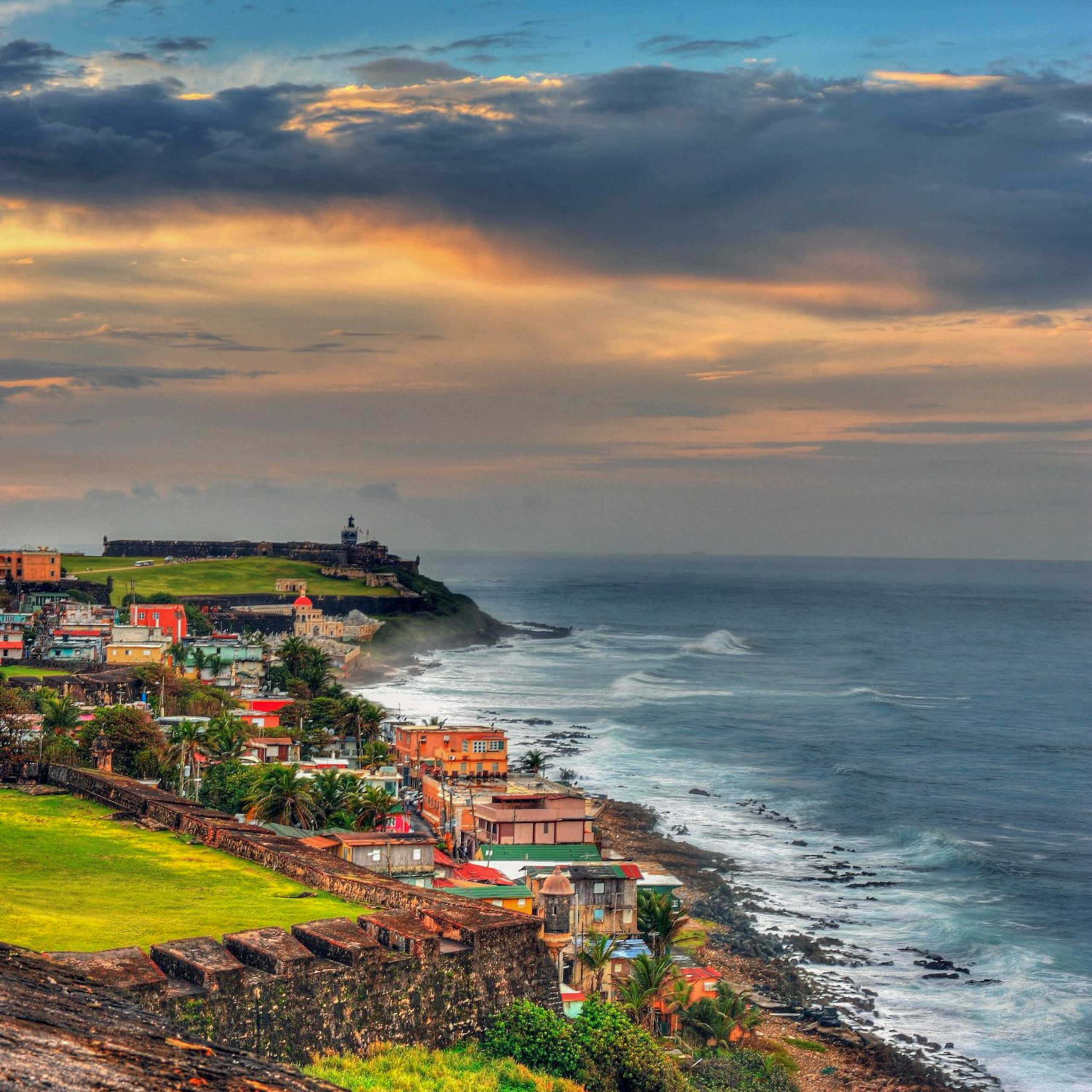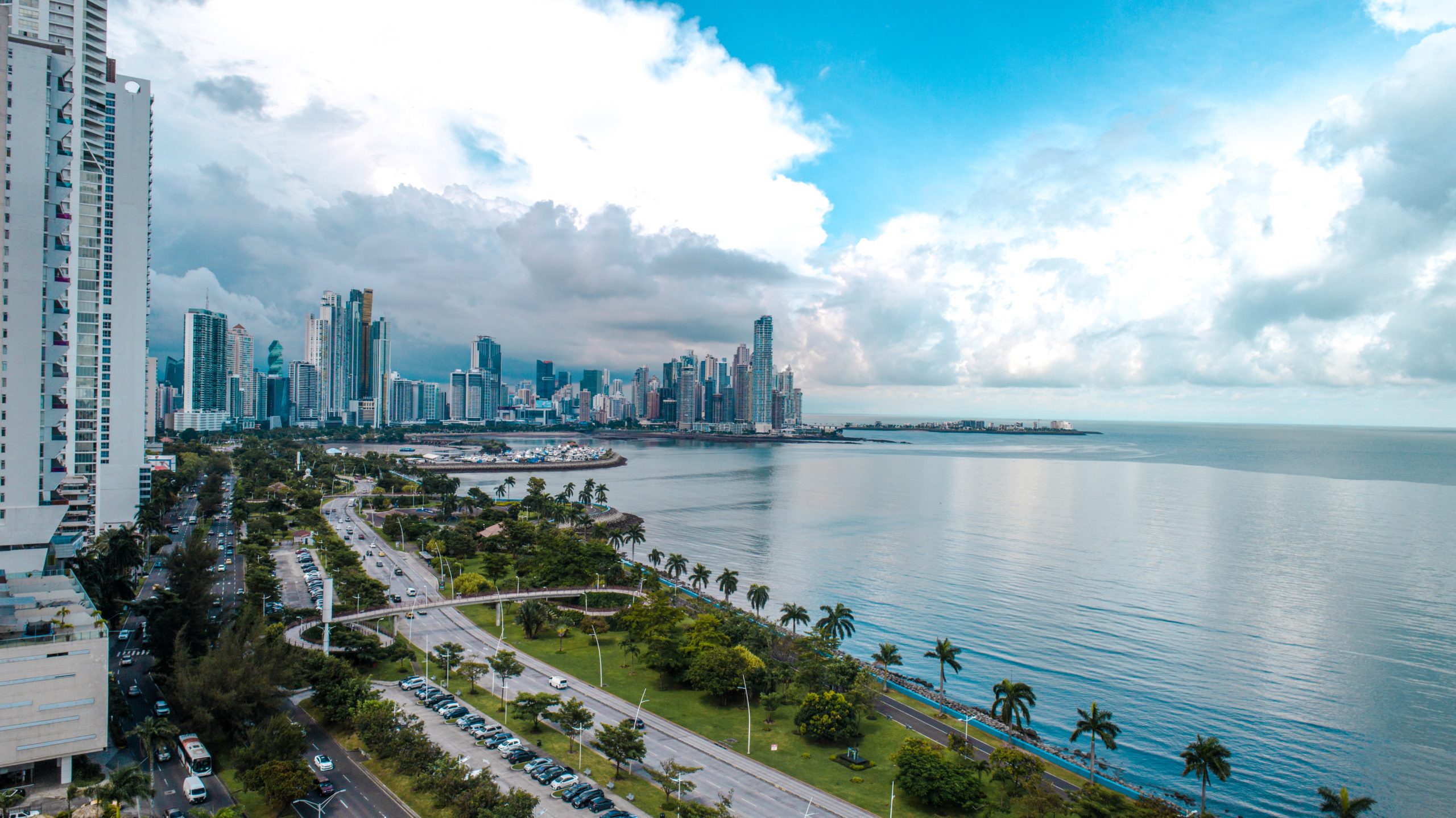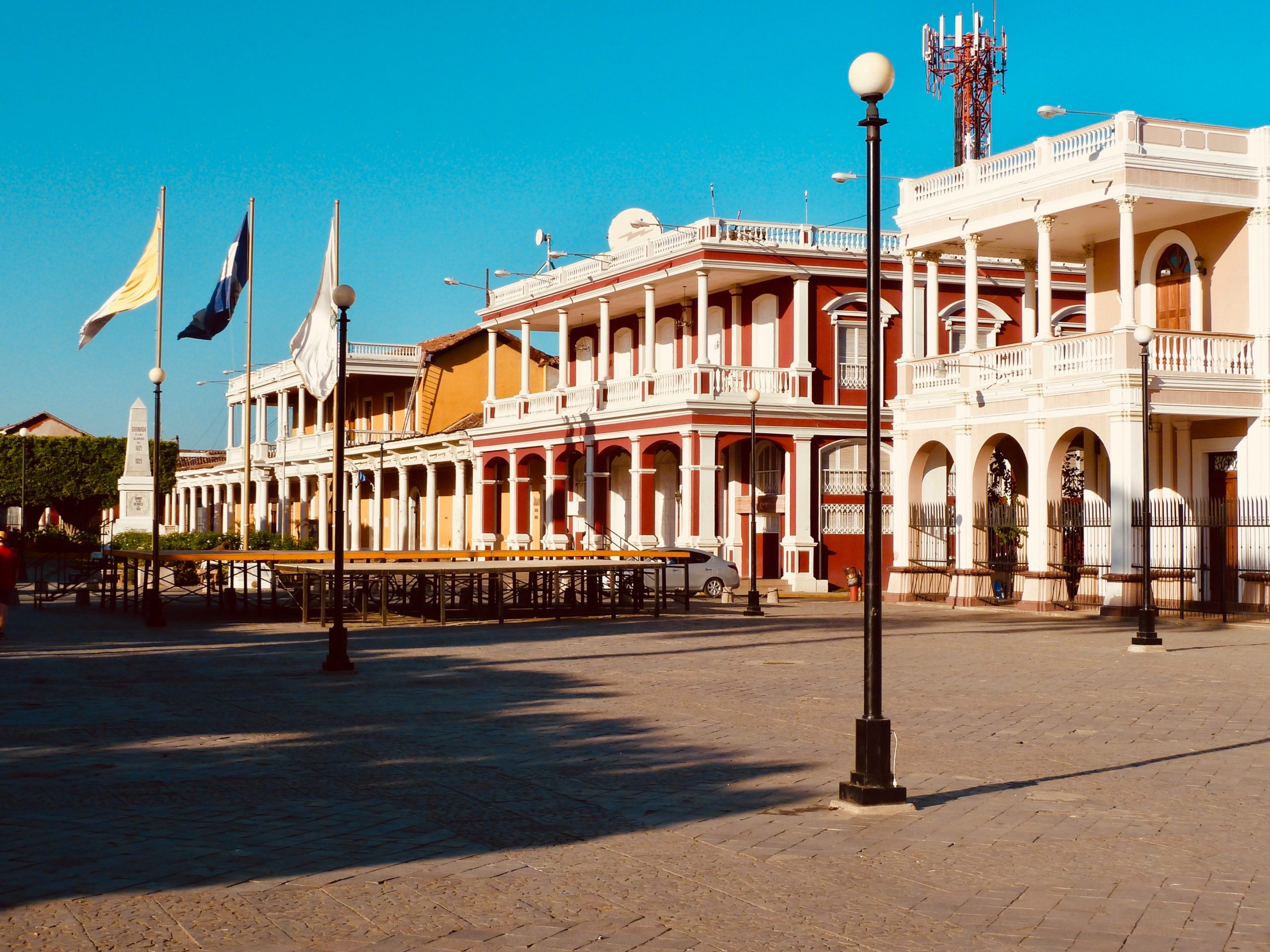Botswana, a landlocked country in southern Africa, exported USD 3.78 billion in commodities in 2021. This predicted cash flow indicates a -36.5% drop from $5.95 billion in 2017.
Botswana’s total export value fell by -11.1 % year on year to $4.26 billion in 2020.
Botswana’s three most valued exports are live cattle, insulated wire or cable, and unset diamonds. In 2021, these top exports will account for 89.6% of total Botswanan export revenues. A substantially concentrated portfolio of commodities utilized in international trade would have such a high percentage.
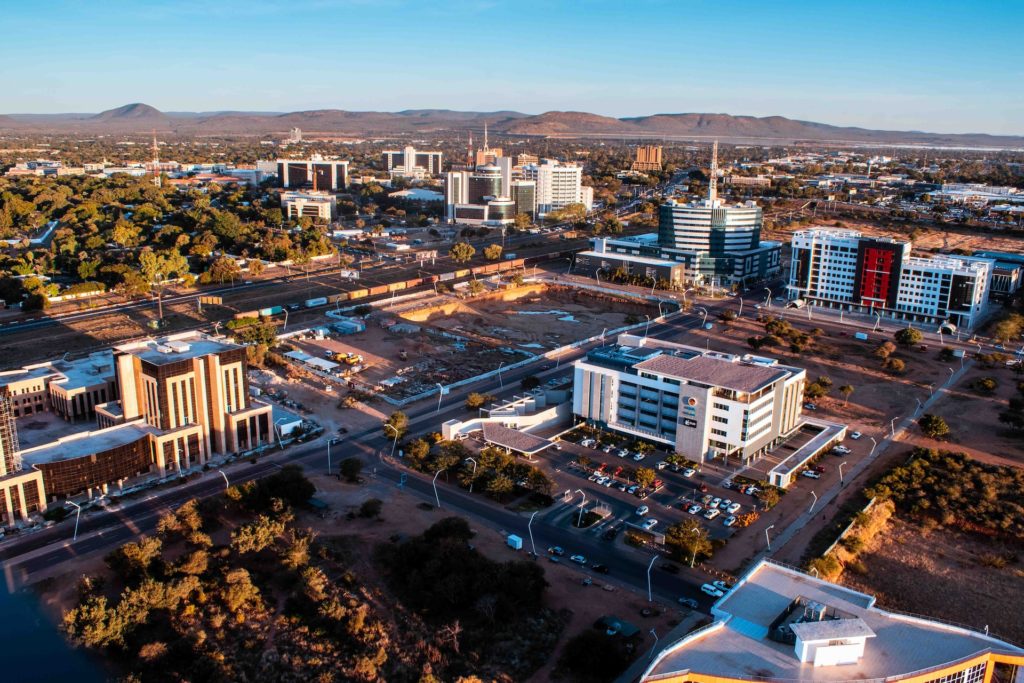
Botswana’s principal trading partners
According to the most recent data available, importers in the following countries here;
- United Arab Emirates (21.5% of total global exports from Botswana),
- Belgium (21.4% ),
- India (21%),
- South Africa (13.4%),
- Singapore (6.1%),
- Israel (4.9%),
- Hong Kong (4.4%),
- Namibia (1.6%),
- the United States of America (1.4%),
- Namibia (0.8%),
- Zambia (0.8%),
- Switzerland (0.8%), and
- Zimbabwe (0.7%) purchased 98 % of the total global exports.
On a continental scale, 22.8 % of Botswana’s exports by value were sold to European importers, while 58.8% were sold to Asian nations. Other African countries accounted for 16.9% of Botswana’s exports.
North America (1.5%), Oceania (0.02%), which comprised only Australia and New Zealand, and Latin America (0.01%), which included the Caribbean but excluded Mexico, received less money.
Botswana’s total exports of $3.78 billion in 2021 correspond to around $1,575 for each of the country’s 2.4 million citizens. In monetary terms, it figure falls below the 2020 average of $1,800 per person.
Top 10 Botswana exports
The export product groups listed below have the biggest dollar value in Batswana’s global shipments in 2021. The percentage proportion of each export category in terms of total Botswana exports is also indicated.
- Precious metals and gems: $3.3 billion (87.2 % of total exports)
- $113 million for electrical machinery and equipment (3%)
- $88.9 million for live animals (2.3%)
- $47.2 million for inorganic chemicals (1.2%)
- Plastics and plastic products: $32 million (0.8%)
- $28.3 million for salt, sulfur, stone, and cement (0.7%)
- Oil and mineral fuels: $26.8 million (0.7%)
- Automobiles: $15.8 million (0.4%)
- Other textiles and used clothing: $14.3 million (0.4%)
- $13.8 million for machinery, including computers (0.4%)
The value of Botswana’s top 10 exports accounted for 97.2% of its total international shipments.
- Live animals climbed the most among the top ten export categories between 2020/2021, reaching 121.5%.
- Mineral fuels, including oil, were second in export sales, with coal driving a 60.2% gain.
- Botswana’s miscellaneous textile and used clothing exports increased by 49.4%, ranking third in terms of value.
- Machines, including computers, dropped the most at -68.7% among Botswana’s top 10 exports.
- Unmounted diamonds make up 84.5% of Botswana’s four-digit Harmonized Tariff System exports.
- Insulated wire or cable (2.8%) came in second,
- Followed by live bovine cattle (2.3%),
- Carbonates and percarbonates (1.2%),
- Platinum (1%),
- Gold (also 1%),
- Salts and pure sodium chloride (0.7%),
- Coal (including solid fuels made from coal (also 0.7%), and
- Plastic tubes, pipes, and fittings (0.6%).
Products Botswana’s best trade surpluses are fueling
Botswana’s shipments of the following items demonstrate positive net exports or a trade balance surplus. Net exports are determined as total exports less total imports for a certain country, according to Investopedia.
Net exports are defined as the difference between domestic expenditure on goods and services and domestic spending on products and services from other countries.
- Precious metals and gems: $1.8 billion (Up by 0.1 % since 2020)
- $85.4 million for live animals (Up by 145.7%)
- $33.4 million for inorganic chemicals (Up by 29%)
- $4.7 million for meat (Down by -45.3%)
- $1.5 million for wood pulp (Up by 128.8%)
- $1.3 million for special woven/tufted fabric and needlework (reversing a -$18,000 deficit)
- Ships and boats: $168,000 (a $36,000 surplus)
- Raw hides, skins other than furskins, and leather: $104,000 (Up by 31.6%)
- Artificial fur furskins: $8,000 (reversing a -$43,000 loss)
- Other base metals: $4,000 (reversing a deficit of -$1.3 million)
